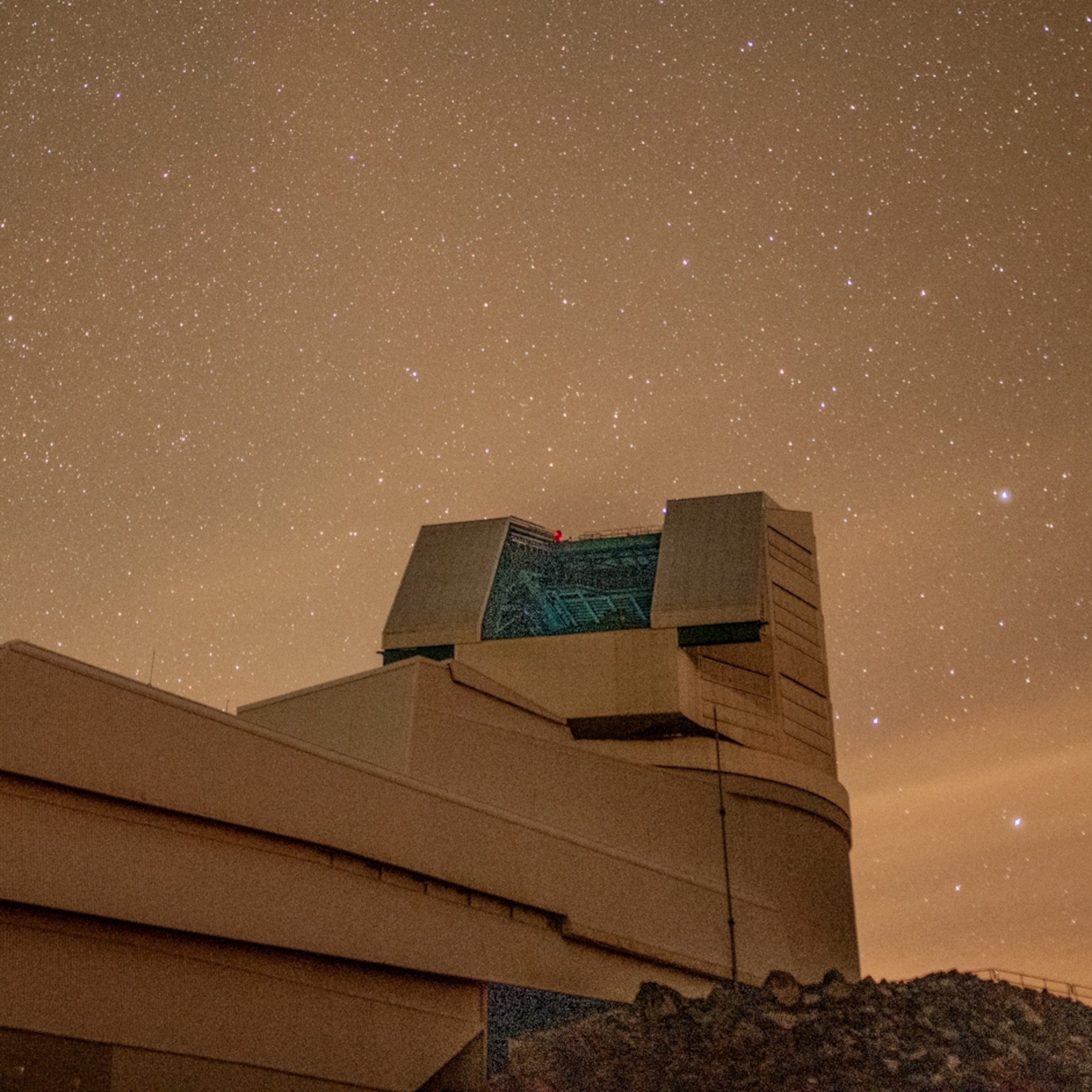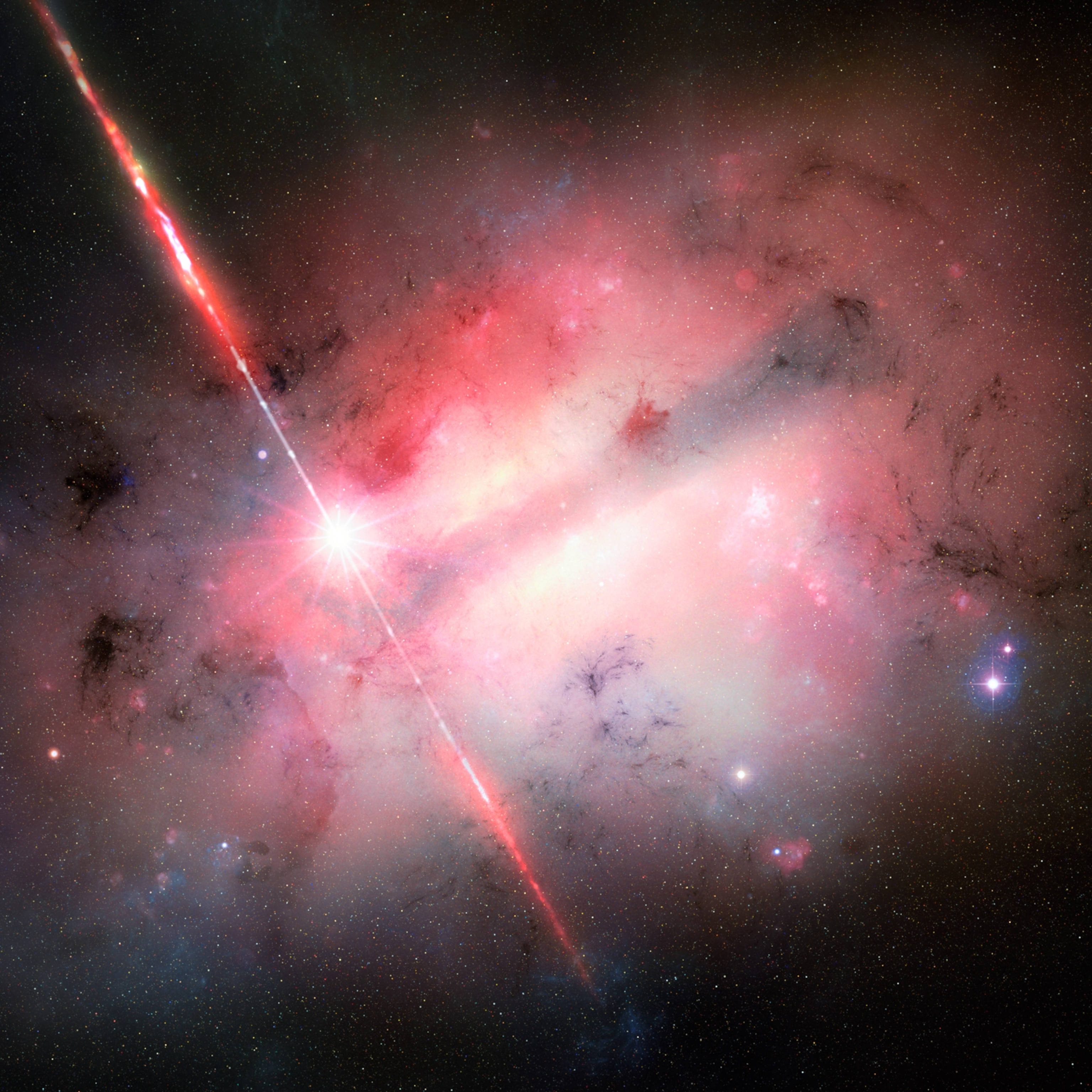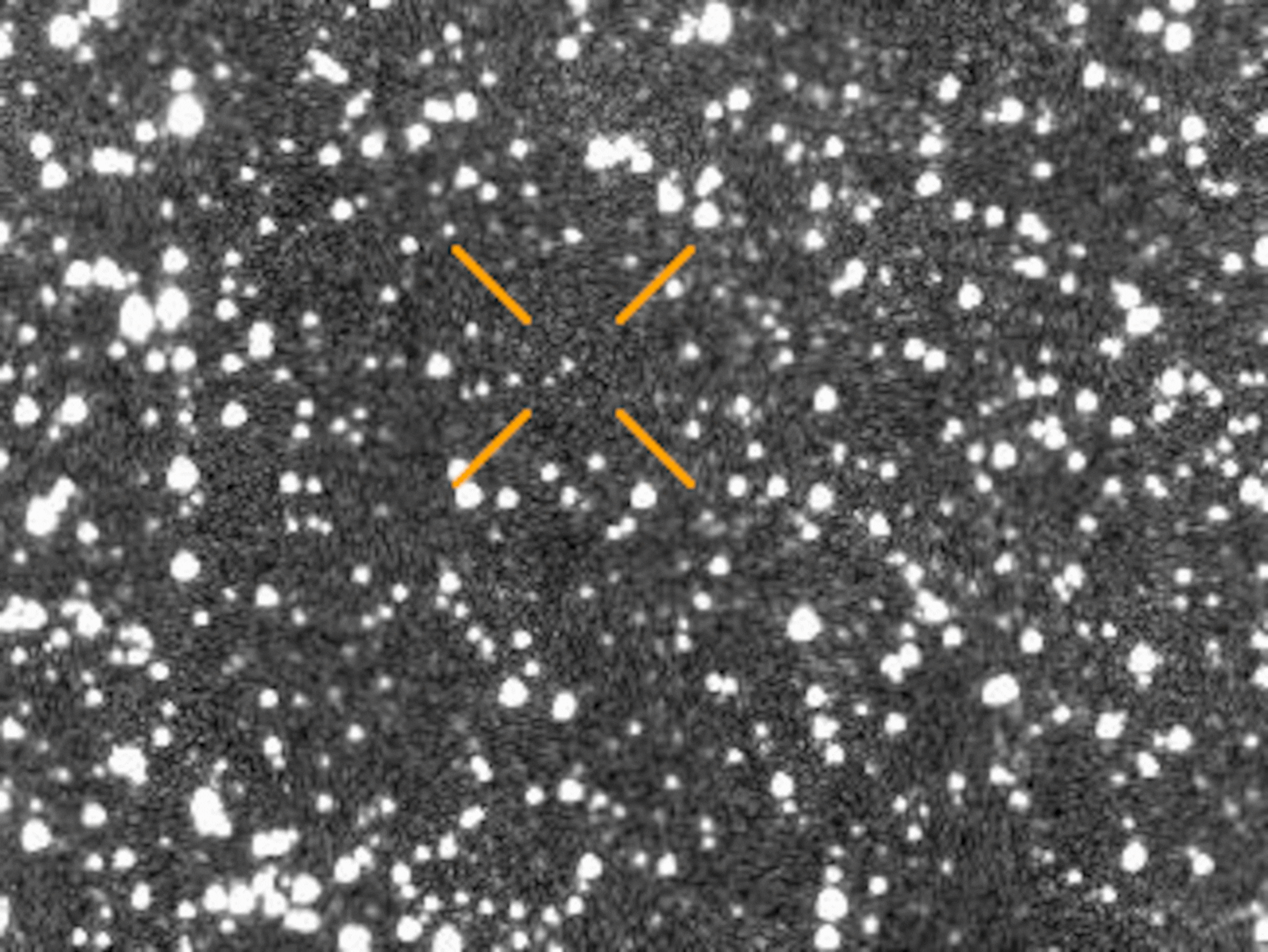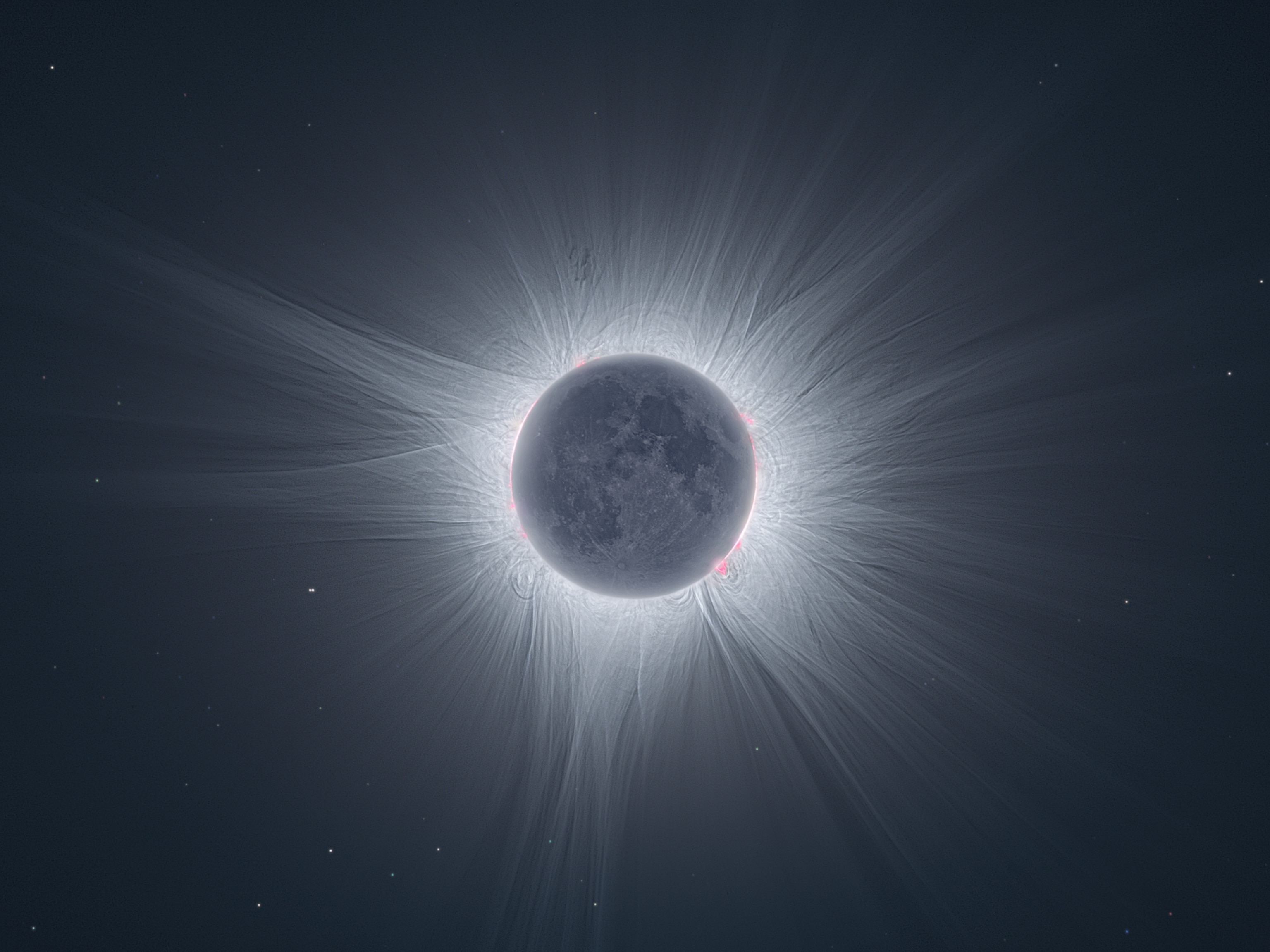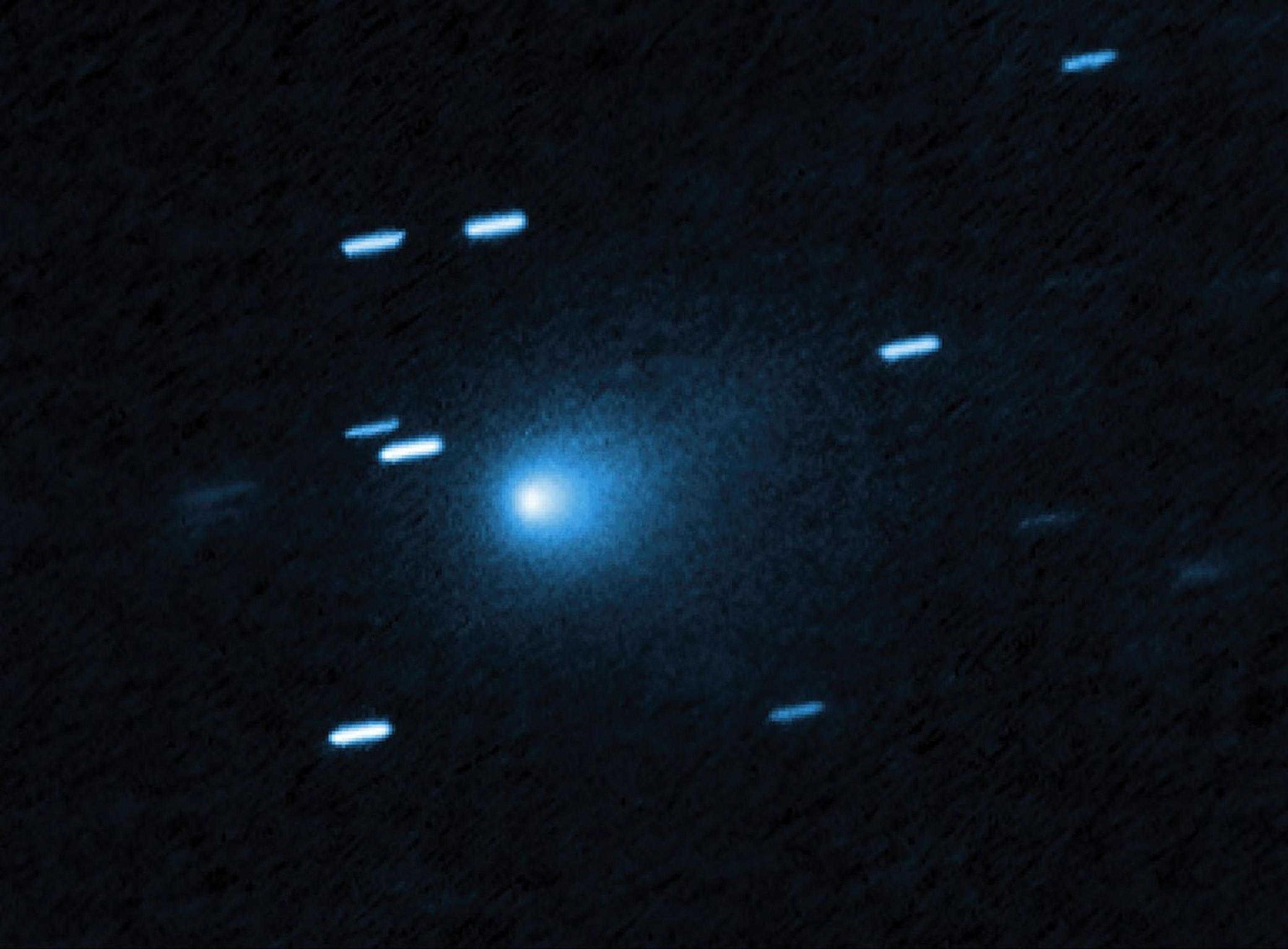
Interstellar comet 31/ATLAS is a weirdo, but it’s definitely not aliens
Here's what we know —and don't know—about the interstellar visitor.
Back in July, scientists operating a planetary defense facility designed to detect potentially hazardous asteroids spotted a visitor from another star: an interstellar object, and the third of its kind ever discovered. The voyager, known as 3I/ATLAS, was only visible as a white pixelated splodge 420 million miles from Earth. At the time, very little was known about the object except that it was some sort of comet.
But over the summer, 3I/ATLAS plunged toward the inner solar system—and the fireworks show began in earnest. When comets get close to the sun, they develop a sparkly tail and a blooming coma, the halo around the comet’s icy nucleus that appears when it begins to vaporize. Around October 30, 3I/ATLAS got as close as it will get to the sun, and on November 10, it emerged from the other side of our star.
“It’s been spectacular so far,” says Cristina Thomas, a planetary astronomer at Northern Arizona University, and one of the comet’s observers.
Among those anticipated developments, 3I/ATLAS has also given skywatchers a few surprises—most notably, in the composition of its bright coma. For now, scientists can only partially explain these peculiar observations. “There’s still a lot we don’t know,” says Martin Cordiner, an astrochemist at The Catholic University of America and another 3I/ATLAS tracker.
Here’s the latest on 3I/ATLAS—the discoveries that have been made, and the puzzles that remain.
The comet is erupting a lot of carbon dioxide
In late August, astronomers used the powerful Gemini South telescope at the Cerro Pachón mountain ridge in Chile to get an up-close-and-personal look at 3I/ATLAS. The images revealed an expansive coma and an emerging dusty tail—one at least 35,000 miles long.
These observations helped tease out some of the chemicals in the coma—one of which was cyanide. To most people, cyanide is familiar as a fast-acting poison. But “this is typically the first molecule that is seen in comets as they approach the sun,” says Karen Meech, an astronomer at the University of Hawai‘i Institute for Astronomy who led the Gemini South observations. Astronomers expected cyanide to eke out of 3I/ATLAS at roughly the distance it was observed by Gemini South. “So nothing unusual there,” says Meech.
But when two space-based telescopes scoped out 3I/ATLAS—NASA’s SPHEREx observatory, and James Webb Space Telescope—they found something bizarre: It’s burping out a lot of carbon dioxide, making it a little bit like a deep space fizzy drink.
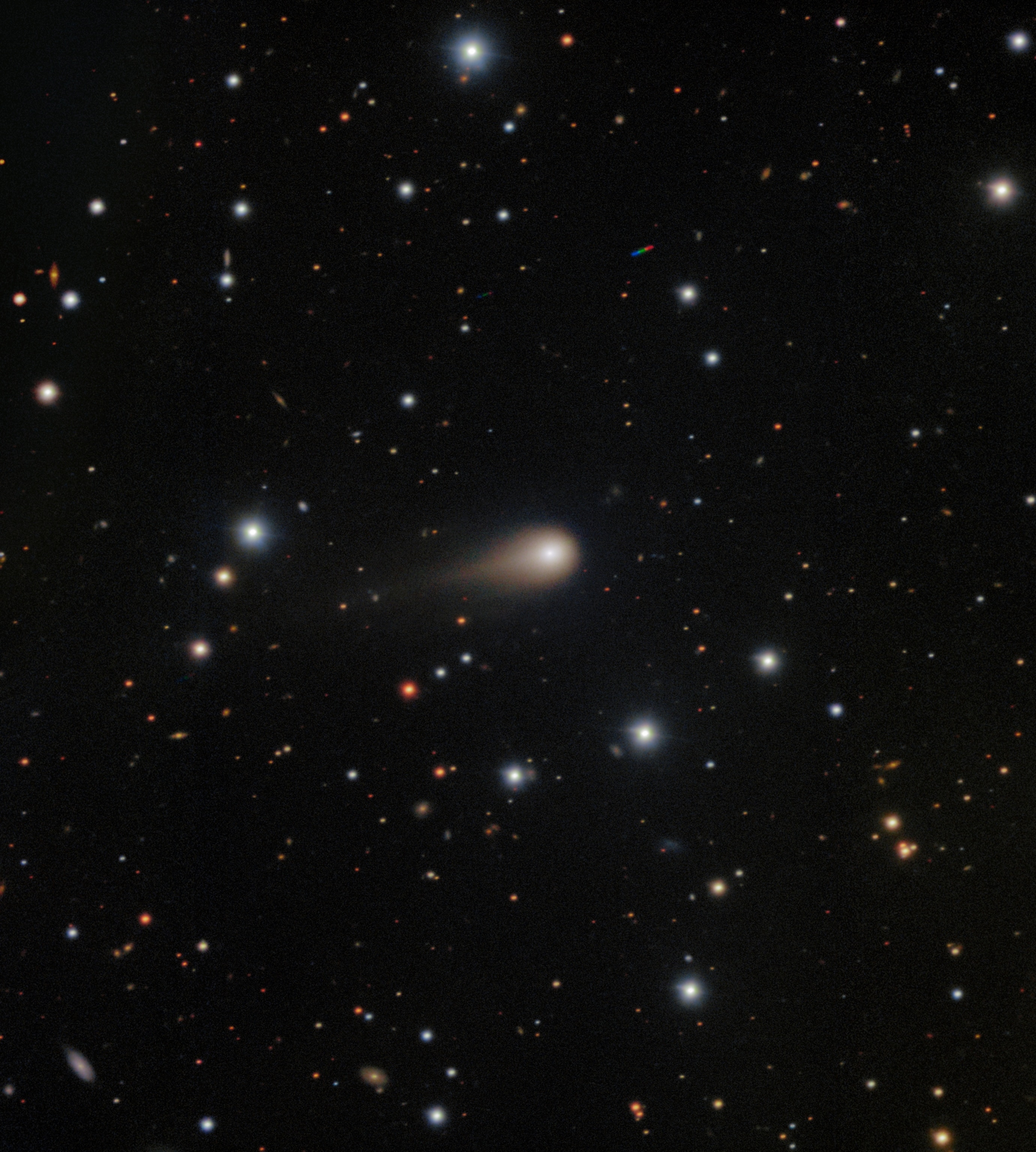
When we think of ice, we naturally picture frozen water. Comets are often made of the stuff—but far from the sun, they can also contain more exotic ices like carbon monoxide and carbon dioxide. That’s not unusual. But what is strange is that 3I/ATLAS seems to be enveloped by a lot of carbon dioxide.
“Water is normally the dominant thing in comets,” says Cordiner, one of the Webb observers. “In this case, it’s not. It’s quite rare to observe a comet that has more CO2 than water in its coma.”
In fact, the ratio of carbon dioxide to water in the coma is so extreme that scientists aren’t sure how to explain it. “When we first saw the observations, it was striking. The [carbon dioxide] flux is just incredibly high,” says Thomas, one of the Webb observers.
One idea is that the comet’s nucleus may very well have lots of water-ice in it, but a crust dominated by other ices, like carbon dioxide, has formed on its surface. Perhaps for now, this crust is stopping much of 3I/ATLAS’s imprisoned water-ice from erupting into the coma.
(Here’s how space agencies track potentially hazardous asteroids and comets.)
The coma is also brimming with weird metals
One of the world’s most eagle-eyed optical observatories—Europe’s Very Large Telescope (VLT) based on Chile’s Cerro Paranal mountain—also took a good look at 3I/ATLAS. And it saw hints of nickel in the coma, a metal typically associated with asteroids, as well as rocky planets like Earth and Mars.
Comets are often thought of as balls of ice, but they’re more like muddy snowballs, because they also contain some rocky matter. Finding nickel isn’t necessarily odd on its own. But what’s hard to fathom is that the comet is jettisoning nickel nearly 300 million miles away from the sun.
Unlike ices, metals like nickel and iron have far higher melting and boiling points, meaning it takes a lot of heating to turn them from solids into gases. Any comets containing these metals, then, should only have metal-suffused comas when they are extremely close to the sun.
And yet, back in 2021, using the VLT, astronomers found nickel (and iron) in various cometary comas, including several in our own solar system and 2I/Borisov, the second interstellar object ever discovered. Some of those metal-wreathed comets were lingering farther than 300 million miles away from the sun.
“It came as quite a surprise,” says Emmanuel Jehin, an astronomer at the University of Liège in Belgium who helped make the 2021 discovery and participated in the VLT observations of 3I/ATLAS. “Nobody would believe you’d find those metallic atoms in the coma of a comet.” In addition to plenty of seemingly premature nickel, 3I/ATLAS’s coma also contains iron, he says.
So—why are these far-flung comets erupting metals? “We still don’t know for sure,” says Cyrielle Opitom, an astronomer at the University of Edinburgh and one of the VLT (and JWST) observation scientists. “One hypothesis is nickel could be contained in chemical compounds called carbonyls.” These molecules are highly volatile, meaning they can explode into gases and, perhaps, take some of the resilient metals with them into the coma.
The origins of 3I/ATLAS are still not clear
Comets tend to be ancient; those in our solar system are the icy remains of the building blocks that once created (and hydrated) the planets 4.6 billion years ago. But based on the trajectory of 3I/ATLAS, some astronomers suspect it came from a cluster of stars perhaps eight billion years in age. “It could be one of the oldest objects in the galaxy,” says Cordiner.
Its iron and nickel are also the product of supernovas, the cataclysmic deaths of giant stars. That means the comet contains hints not only of its home turf—the planetary system it escaped from to get to us—but also fingerprints of the long-lost stars that died to create the host star at the center of that distant system.
And we still can’t be sure of the comet’s exact size
The comet’s icy core is currently obscured by its flamboyant coma, so estimating its size is still tricky. The Hubble Space Telescope has given it a go, though, and when combined with other observations, scientists suspect that the nucleus is no more than 3.5 miles long. It could also be as small as 1,450 feet across.
Whatever its size may be, it was travelling at around 137,000 miles per hour when Hubble observed it. (That’s fast enough to get you from New York City to Beijing in three minutes.) And it’ll keep accelerating as it continues to approach the sun.
One thing is clear: It’s not an alien spaceship
There have been some (irresponsible) rumblings online speculating whether 3I/ATLAS may be an alien spacecraft scouting out our solar system. Most of these have been generated by controversial astrophysicist Avi Loeb at Harvard University, though the discussion has also trickled into popular culture.
“There is a lot that’s still an open question,” says Thomas. “But I can safely say no, it’s not that.” There is zero evidence suggesting it’s anything other than a ball of vaporizing ice. “If it is an alien spaceship, it’s done a really good job disguising it as a comet,” says Cordiner.
(The world’s largest digital camera could spot dozens of new interstellar visitors.)
At one point, its tail was pointing in a strange direction. Why?
A comet’s tail forms as the sun heats up and vaporizes its ice, blasting off bits of trapped dust into space. Sunlight can gently nudge these tiny dust particles back out behind the comet, which is why a dust tail is normally seen pointing away from the sun. But recently, 3I/ATLAS had an anti-tail, one pointing toward the sun.
Anti-tails are rare, but not inexplicable. Sometimes, the debris being thrown off a sunward comet is too heavy to be pushed back by that solar radiation pressure, and it tumbles toward the sun instead. (That a comet’s tail can change direction is not, as some have implied, evidence of a spacecraft’s thrusters.)
Were there any unusual changes to the object as it passed behind the Sun?
During 3I/ATLAS’s closest approach to the sun, it was obscured from sight from our viewing angle on Earth. While some have wondered if this meant that it was an alien spacecraft attempting to hide itself from astronomers, it’s also worth pointing out that you could see the object before this happened, just as we can now see it after it’s re-emerged. And it’s very unlikely aliens are playing peekaboo with humanity.
Astronomers are keen to see how the comet’s close shave with our local star has altered it. Just before its closest approach, the comet got brighter. That in itself isn’t strange, as being exposed to more sunlight would vaporize more of its icy matter. Then, after it popped out from behind the Sun, astronomers caught sight of multiple jets of matter coming out of 3I/ATLAS. They’re very cool—but they’re still just pockets of ice (in this case, perhaps carbon monoxide) being vaporized in dramatic little outbursts.
Have scientists checked to see if 3I/ATLAS is giving off any radio signals?
All sorts of celestial objects emit radio signals, from black holes and convulsing stars to planetary auroras. These radio waves travel across a wide range of frequencies, firmly marking them as natural. Artificial transmissions—like your car’s radio—would appear as a coherent cluster of radio waves on a very narrow frequency range.
Notoriously thorough, astronomers monitor curious objects moving through space just in case they emit technological-like radio waves. None of the prior two interstellar objects were. Neither, as it turns out, is 3I/ATLAS.
In late-October, astronomers pointed MeerKAT—a 64-dish super-telescope array in South Africa that listens out for radio waves—at 3I/ATLAS. Sure enough, they picked up a radio signal—albeit one made entirely by natural processes. The radio waves were essentially coming from a kind of molecule that commonly forms when water gets broken down by sunlight and cosmic radiation. They did not come from an alien spacecraft’s road trip mixtape.
When will we learn more about 3I/ATLAS?
Much about 3I/ATLAS remains uncertain. Although it’s not as weird as the first-known interstellar comet, ‘Oumuamua—a stealthy, cigar-shaped icy speedster—time will tell if it’s comparable to the less quirky 2I/Borisov.
“It’s important to keep our eyes on it and see what happens next,” says Cordiner. “Comets are full of surprises.”
Scientists will continue to gather more clues from 3I/ATLAS as it continues its journey through our solar system over the coming weeks. It’s closest approach to Earth will come in December (when it will still be 170 million miles away from our doorstep).
Following the comet’s encounter with the sun, astronomers are also watching closely to see if it becomes extremely effervescent, revealing the chemistry of not only its coma, but its nucleus. Based on limited telescopic data and some quick estimations about 3I/ATLAS’s mass loss, Loeb suggested that the comet had exploded. But the astronomy community say that this conclusion is premature—even if some are still hoping for some space-based self-destruction.
“We need the comet to blow up,” says Jehin. “That way, we might get some more interesting stuff erupting out of the comet.”

